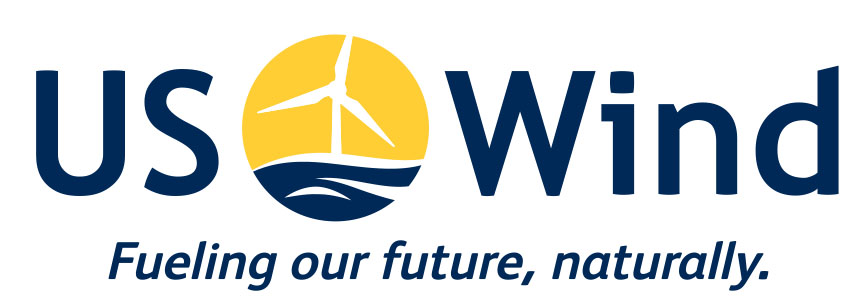A case for expanding offshore wind farms
“Funding to encourage the rapid expansion of offshore wind farms would be a promising beginning for climate legislation,” according to The New York Times. This statement was part of an article titled ‘An Energy Wish List for Congress,’ which heeds legislators to accelerate efforts to a clean-energy economy.
It calls for a “rapid expansion of offshore wind farms.” It argues that the offshore wind technology production has significantly improved, with “immense turbines, planted far from shore, can each supply electricity for up to 8,000 homes. States like New York and Massachusetts are already making big plans for offshore wind, but Congress and the president could speed things up. As the market expands, costs will fall and the tax breaks can be phased out.”
The article also heeds coal-state senators to “recognize that the coal industry has gone into long-term decline; coal is simply losing market share to natural gas and renewable energy.”
Overall, the wind energy industry is going to the right direction. The latest energy and electricity forecasts from the US government have predicted that wind energy will outperform hydropower for the first time, providing a greater share of the country’s electricity mix in 2019. According to a report, “The US Energy Information Administration (EIA) outlines that wind generation will rise from 753,000 megawatt hours per day (MWh/d) in 2018 to 861,000 MWh/d in 2019 (a share of 8%). Wind generation is projected to rise to 963,000 MWh/d (a share of 9%) by 2020.”
A Science Daily study also shows that offshore wind farms can be of benefit to coastal communities — not just by providing clean energy but also by reducing the effects of hurricanes. Cristina Archer at the University of Delaware also revealed that offshore wind farms lessen the precipitation caused by devastating storms through wind convergence and divergence.
Archer adds, “The more wind farms you have, the more impact they will have on a hurricane. By the time a hurricane actually makes landfall, these arrays of turbines have been operating for days and days, extracting energy and moisture out of the storm. As a result, the storm will be weaker. Literally.”
